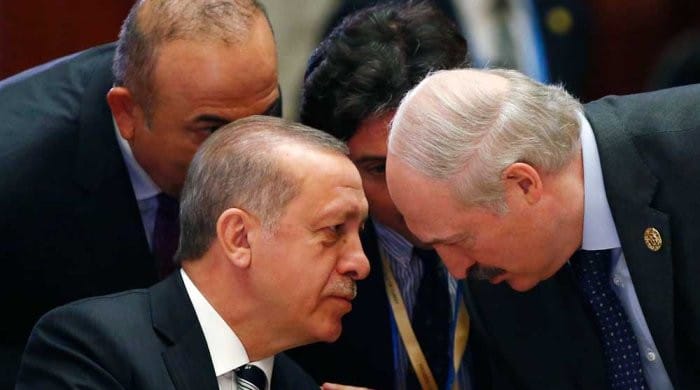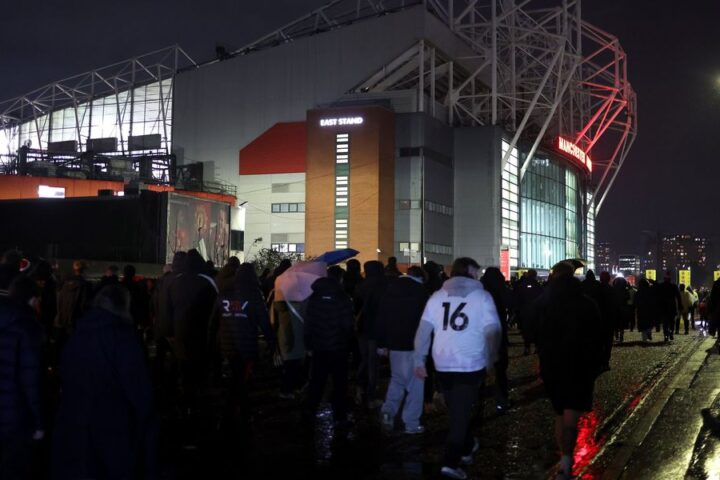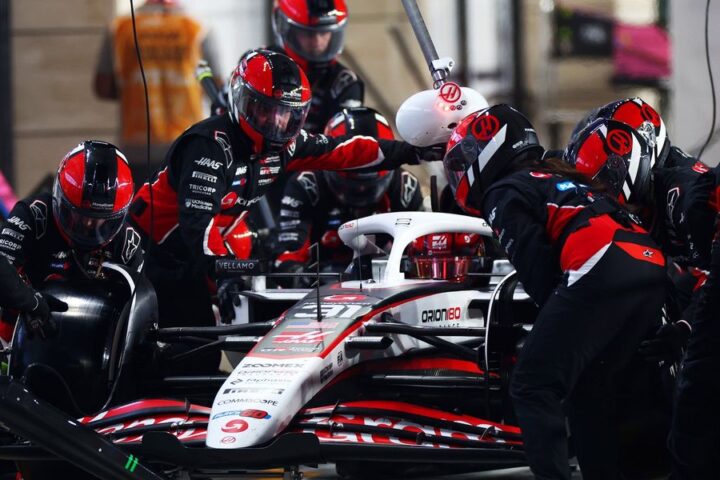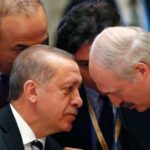During his speech at the St Petersburg Economic Forum on 20 June 2025, Alexander Shokhin, head of the Russian Union of Industrialists and Entrepreneurs (RSPP), delivered a stark warning: the country’s economy is teetering on the edge of a debt crisis. According to Shokhin, many Russian companies face pre-default conditions, grappling with soaring borrowing costs that threaten their very survival.
Dialogue.ua, Moscow Times, and MRC have all reported extensively on this growing crisis.
High Interest Rates Freeze Business Growth
The ongoing war and shift to a mobilisation economy have pushed Russia into a systemic debt crisis. The central bank’s key interest rate, held stubbornly above 20%, has practically frozen credit markets. This harsh financial environment is especially brutal for industries and the real sector, with many companies unable to service their debt.
The Bank of Russia reports that one in six large firms can no longer cover even the interest on their loans. Meanwhile, small and medium enterprises (SMEs) are bleeding liquidity as supply chains collapse.
Government Support Shrinks as Budget Deficit Soars
The state, drained by soaring military expenditures and falling oil and gas revenues, can no longer provide broad economic support. The National Wealth Fund’s liquid assets have shrunk threefold in just two years, now standing at a precarious 2.8 trillion rubles — dangerously close to the minimum needed for economic stabilisation.
The federal budget deficit has ballooned to a record 3.8 trillion rubles, leaving authorities with little room to manoeuvre.
Business Survival Depends on Itself — For Now
The economic model has shifted dramatically. The government no longer props up businesses in crisis; instead, companies must rely on their own diminishing resources. However, with credit costs soaring above 20%, many entrepreneurs opt to default on contracts and pay penalties rather than take on new debt.
This dynamic is pushing a growing number of firms into a shadow economy, undermining tax revenues and increasing social instability.
Regional Collapse Looms as Industries Are Phased Out
Under the guise of “managed downsizing”, there is an ongoing purge of supposedly inefficient industries, particularly mining and manufacturing in remote, single-industry towns. Promises of retraining and new jobs remain hollow, with entire communities facing rising unemployment and economic decline.
This threatens a deepening social crisis, marked by falling living standards and growing unrest in already vulnerable regions.
Centralised Crisis Management and Uneven Outcomes
A government subcommittee now handpicks which industries receive tax relief or debt restructuring, leaving many businesses without support. This patchwork approach fails to replace a coherent economic policy, favouring large companies able to lobby for themselves, while small enterprises disappear.
The result is a fractured economic landscape and a worsening investment climate.
Military Spending Strangles Civilian Economy
Russia’s full-scale shift to a military economy is at the heart of the crisis. With most resources funneled to defence, vital civilian sectors such as healthcare, education and infrastructure suffer severe neglect. Industrial closures continue, especially in the regions.
The Bank of Russia refuses to cut interest rates, fearing inflation sparked by militarisation, further squeezing private sector growth and deepening economic stagnation.
War is the Root Cause
Ultimately, the crisis is not just about high interest rates but the devastating impact of ongoing war. The government’s focus on military spending has eroded budget stability and strategic planning, draining funds from essential public services and economic development.
With private businesses increasingly seen as expendable, the future economic recovery looks uncertain as Russia faces waves of defaults, bankruptcies and mounting social tension.














